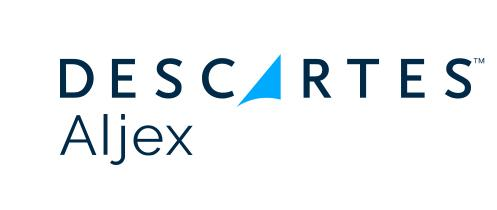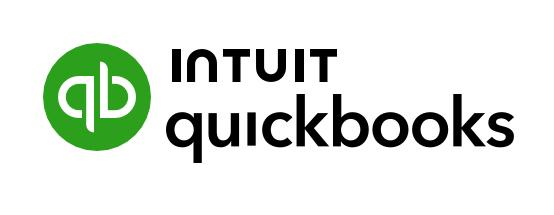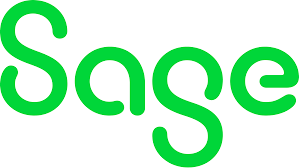Data And Document Management
Data and document management is a service that involves organization, storage, retrieval, and protection of digital information and physical documents. It encompasses various processes and technologies to ensure efficient handling and control of data and documents throughout their lifecycle.
For most of the services described below, we use customized AI tools to automate processes, significantly reducing costs.
Data Entry/Data maintenance
Data Input
Selected AI tools efficiently input data from various sources—paper, forms, and digital files—using methods like OCR and automated capture.
Data Validation
AI verifies the accuracy and completeness of data by comparing entries with source documents and running automated validation checks.
Data Cleaning
AI cleans and formats data, removing duplicates and correcting inconsistencies for uniformity.
Data Conversion
AI facilitates converting data from physical to digital formats and transfers it between software applications.
Data Sorting and Categorization
AI categorizes and organizes data based on criteria, assisting with tagging for easier retrieval.
Database Maintenance
AI tools update and maintain existing database entries, ensuring information is current and accurate.
Data Extraction
AI helps extract specific information from documents for quick entry into systems.
Quality Assurance
AI reviews entered data for accuracy, identifies errors, and ensures quality standards.
Reporting
AI generates structured reports and visual representations, like charts and graphs, from the entered data.
Data Security and Confidentiality
AI ensures data security through encryption and access controls, protecting sensitive information.
4-eyes checks
The “Four Eyes Principle,”
supported by selected AI tools, ensures two individuals review and approve critical actions for enhanced security.
Approval Process
AI tracks actions, mandating that tasks like financial transactions require approval from at least two authorized individuals.
Review and Verification
AI automates initial workflows, prompting the second person to review tasks and minimizing errors through anomaly detection.
Document Checking
AI cross-references transaction details with supporting documents to ensure accuracy during verification.
System Access Control
AI manages access requests and notifies a second authorized individual to approve or deny access, reducing unauthorized use risks.
Configuration Changes
AI analyzes proposed IT changes for compliance with security standards, providing insights before the second individual approves implementation.
Policy and Procedure Compliance
AI checks actions against established policies and alerts the second reviewer to compliance issues.
Error Detection and Mitigation
AI enhances error detection by flagging potential mistakes and discrepancies for review before approval.






